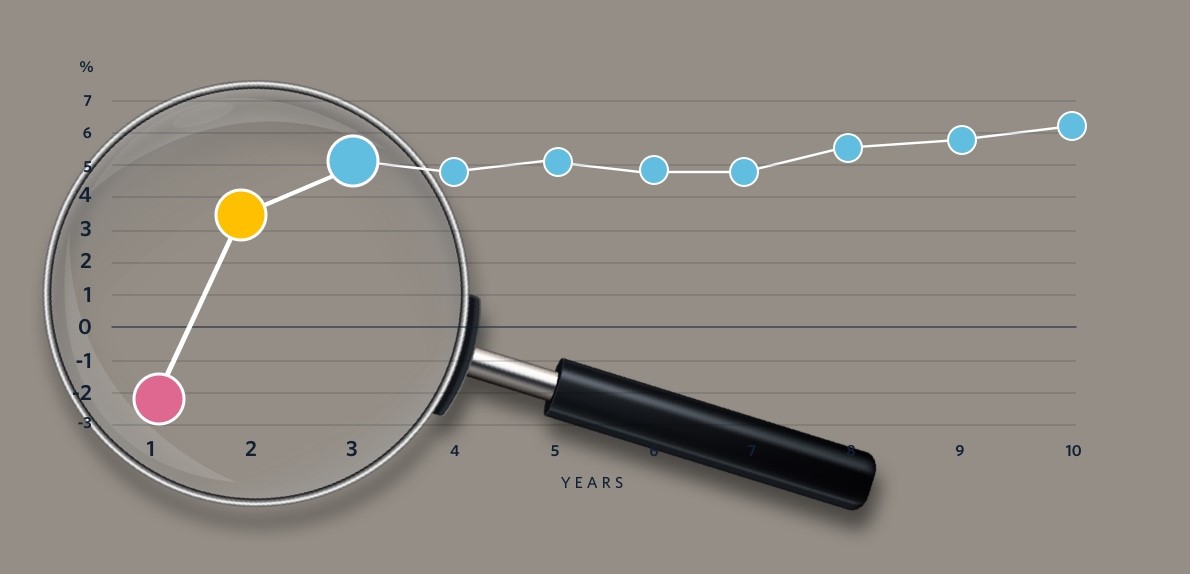NEWS August 17, 2020
Front Loaded Discounts and the Longer Term Impact

In the environment of a global pandemic where economic recovery, consumer needs and future sustainability has come into sharp focus, the Australian life insurance industry has been presented with a timely opportunity for fresh thinking.
Is now the time to correct some past dubious practices which have led to high lapse rates and unsustainable pricing?
This research paper was commissioned by PPS Mutual in the days before COVID-19. Its findings – somewhat ironically and perhaps fortuitously, show us that change in certain underlying business practices by life insurers should happen.
Undertaken by respected actuarial consultants Rice Warner, the research demonstrates that while new life risk policies (especially for Life, TPD and Trauma) with front loaded discounts can increase affordability in first-year premiums, they are more costly to consumers over the medium to long term.
Front loaded discount policies with stepped premiums have on average lower premiums in the first policy year, but higher premiums from the third policy year onwards, confirming that front loaded discounts represent poor consumer practices that should be fixed by the retail life risk insurance sector in Australia.
Increasingly, in a bid to secure market share, the retail insurance industry has adopted initial short term discounts for new business premiums. The research demonstrates how over 5–20 years, policies with front loaded discounts have significantly higher premium increases relative to the first policy year.
Front loaded discounts are also likely to increase lapses for three reasons. Firstly, they encourage customers to switch to a policy with a lower first year premium in the first instance. Secondly, they mostly have higher premiums on average from the third policy year onwards. Lastly, they will also differ even more markedly to new business quotes where the first year discount still applies.
The report also demonstrates the difference between non-true level premiums and true-level premiums in medium and long-term cost. Typically, the premiums are very similar for the first five policy years, but by the eleventh policy year the most affordable non-true level premium is higher than the least affordable true level premium.
In 2019, life insurers lost $1.3bn, lapse rates for traditional life insurers remained stubbornly high at about 17% and policyholders have had to endure significant and repeated increases in premiums (in some cases by more than 35% year on year).
As a mutual company, PPS Mutual exists for the benefit of our professional Members. Our philosophy at PPS Mutual is to price our products sustainably. Therefore, we do not offer front loaded discounts and our lapse rates are one-quarter that of the industry (i.e. 4.5% vs 17%).
While many of the issues the industry is grappling with are a function of the macro socio-economic environment, an historic and aggressive chase for market share by various insurers has created highly undesirable outcomes for consumers. We believe that there has never been a more important time to reassess past dynamics of the sector, and work towards building a strong and sustainable insurance industry for all Australians.
We must also not allow the inevitable criticism for poor risk management and product design to be sheeted back to advisers. All too often it is financial advisers that bear the brunt of these poor insurer practices.
The findings of Rice Warner’s study is recommended to financial advisers and their licensees to assist in providing advice that is in the best long-term interest of the client.



